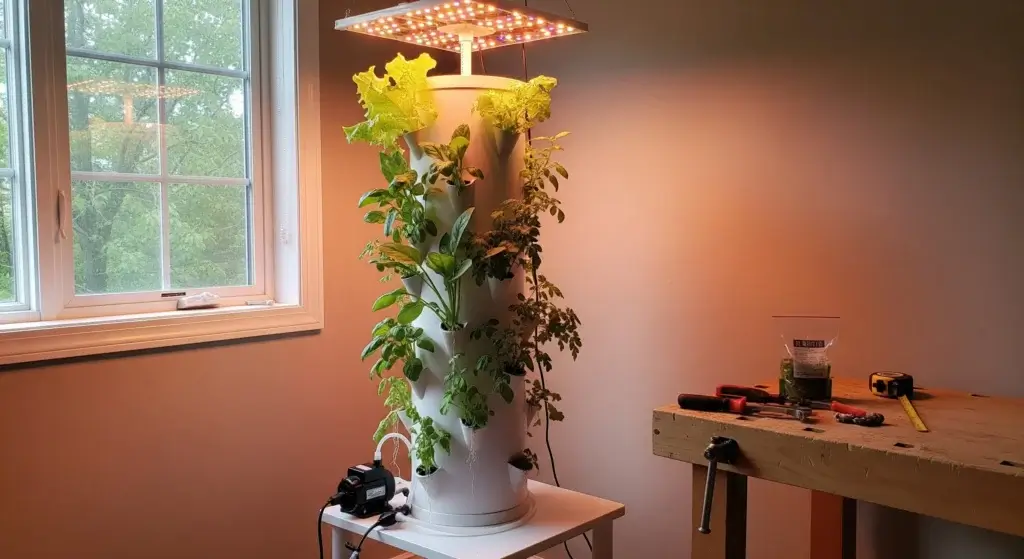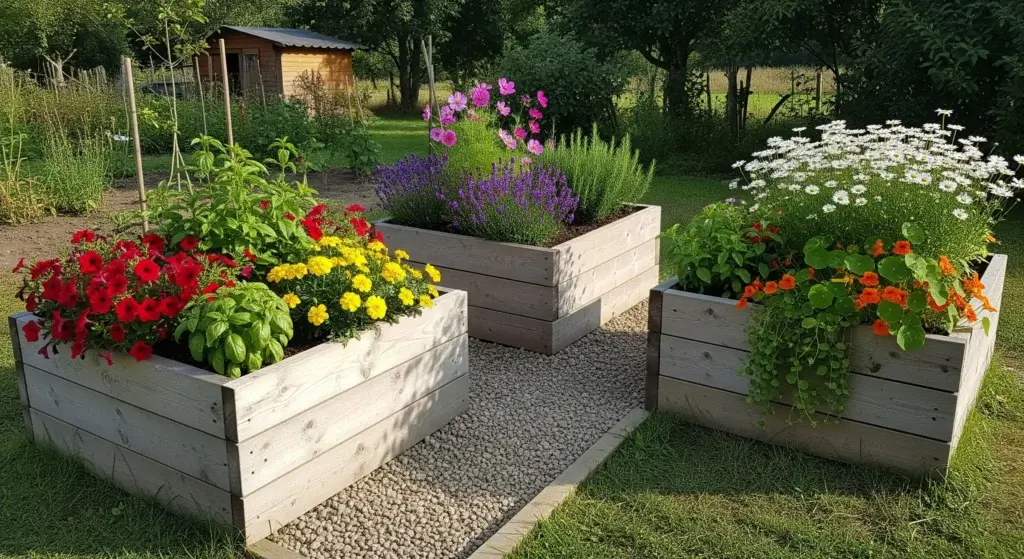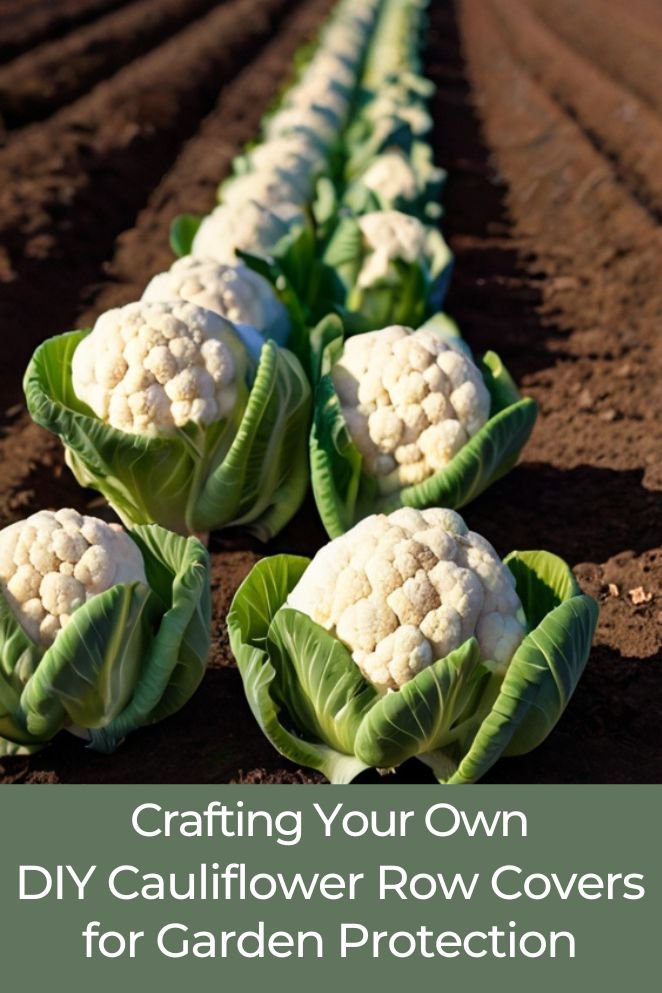
Cauliflower is a popular vegetable that can be grown in your own backyard.
However, it requires protection from frost and excessive sunlight to thrive.
Row covers are an effective solution to shield your cauliflower plants from these environmental factors.
In this blog post, we will discuss the benefits of using row covers for cauliflower, the materials needed for DIY row covers, and a step-by-step guide to creating your own row covers.
Benefits of Using Row Covers for Cauliflower
Employing row covers for cauliflower cultivation provides a range of advantages, contributing to healthier plants and increased yields.
Here’s a detailed exploration of the benefits:
- Read also: DIY Broccoli Row Covers: Protecting Your Garden with Solutions
- Read also: DIY Plant Covers for Winter
Pest Protection
Row covers act as a physical barrier, effectively preventing pests like cabbageworms and flying insects from laying eggs on cauliflower plants.
This proactive measure significantly reduces the reliance on chemical pesticides, promoting a more environmentally friendly and sustainable approach to pest management.
Weather protection
Beyond pest control, row covers offer a protective shield against adverse weather conditions.
They safeguard cauliflower plants from frost, excessive sunlight, and hail.
This protective layer ensures optimal growing conditions, mitigating the potential damage caused by unpredictable weather events and promoting healthier plant development.
Early yields
The use of row covers creates a controlled and warmer environment for cauliflower plants.
This accelerated growing environment leads to earlier maturity and, consequently, an earlier harvest.
By gaining an early start, farmers can extend their growing season and potentially increase overall yields.
Water conservation
Row covers contribute to water conservation by reducing evaporation and optimizing irrigation efficiency.
The covers create a microclimate that helps retain soil moisture, minimizing water loss through evaporation.
This water conservation aspect not only benefits cauliflower plants but also aligns with sustainable agricultural practices.
Versatility
One of the notable features of row covers is their versatility.
While initially employed for cauliflower, these covers can be used for a variety of crops, including broccoli, cabbage, and other vegetables.
This adaptability makes row covers a valuable and cost-effective investment for farmers cultivating diverse crops.

Materials Needed for DIY Row Covers
To create your own DIY row covers, you will need the following materials:
- Hoops: Choose from materials such as PVC pipes, metal conduit, or other suitable materials for the hoops.
- Row cover fabric: Select frost cloth or shade cloth, depending on your needs.
- Staples, clips, or other securing mechanisms: Use these to secure the fabric to the hoops.
- Scissors or utility knife: For cutting the fabric and materials to size.
Step-by-Step Guide to Creating DIY Row Covers
Creating your DIY row covers can be a rewarding and cost-effective way to protect your plants.
Here’s a step-by-step guide to help you through the process:
Measure your raised bed or planting area
Begin by measuring the dimensions of your raised bed or planting area.
Accurate measurements ensure that your row covers will fit snugly and provide effective protection.
Cut PVC pipes or other materials to the desired length for hoops
Once you have your measurements, cut PVC pipes or other suitable materials to the desired length for creating hoops.
Consider the height of your plants and allow enough clearance for ventilation.
Precision in cutting ensures the stability and functionality of your row cover structure.
Assemble the hoops
Assemble the cut materials into arches or tunnels, depending on your preference and the layout of your planting area.
If necessary, use connectors to enhance the stability of the hoops.
This step is crucial in creating a sturdy framework that can withstand environmental conditions.
Cut the row cover fabric to size
Measure and cut the row cover fabric to match the dimensions of your planting area.
Allow for extra length to ensure the fabric drapes adequately over the hoops.
Choosing the right fabric, such as lightweight garden fabric or floating row cover material, is essential for effective protection.
Secure the fabric to the hoops
Once the fabric is cut to size, use staples, clips, or other securing mechanisms to attach it to the hoops.
Ensure a secure fit to prevent the fabric from shifting or being displaced by wind or other environmental factors.
This step is critical in maintaining the integrity of the row cover structure.
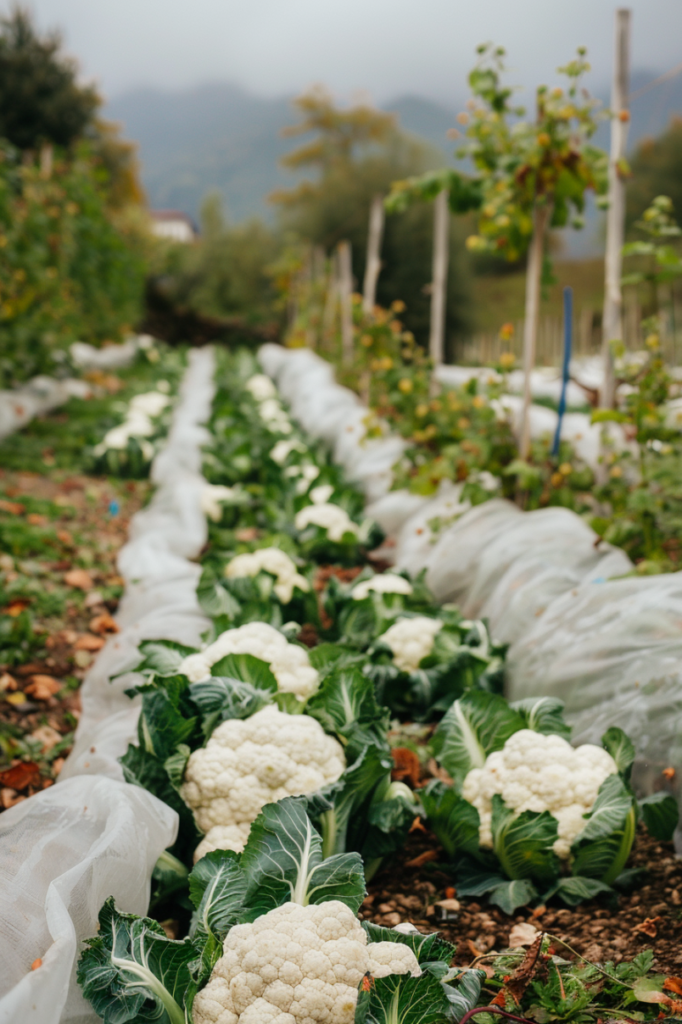
Tips for Using Your DIY Row Covers
Effectively using your DIY row covers requires attention to detail and thoughtful consideration of the specific needs of your plants.
Here are some tips to ensure optimal usage:
Provide ventilation during hot weather
While row covers offer protection, it’s essential to provide adequate ventilation during hot weather.
Excessive heat can accumulate under the covers, potentially causing plants to overheat.
Consider partially lifting or venting the row covers during periods of high temperatures to maintain a balanced and conducive environment for plant growth.
Anchor the edges of the fabric to secure it against wind
Securely anchor the edges of the row cover fabric to prevent it from being displaced by wind.
Windy conditions can not only damage the covers but also expose plants to potential harm.
Use stakes, weights, or other secure methods to keep the edges firmly in place.
This precaution ensures the stability and effectiveness of your DIY row covers in various weather conditions.
Remove covers when pollinators are needed for flowering
If your plants require pollination for flowering and fruiting, it’s crucial to remove the row covers during this period.
Pollinators, such as bees, play a vital role in the reproductive process of many plants.
By temporarily removing the covers when pollination is necessary, you allow these beneficial insects access to the flowers, promoting successful pollination and a fruitful harvest.
Store covers properly after the season to prevent damage
Proper storage of your row covers after the growing season is essential to prevent damage and ensure their longevity.
Clean the covers of any debris, fold them neatly, and store them in a dry and cool place.
Avoid exposing the covers to prolonged sunlight or extreme temperatures, as this can degrade the fabric over time.
Storing your DIY row covers properly ensures they remain in good condition for future use.
- Read also: DIY Asparagus Bed
- Read also: DIY Plant Pots Ideas
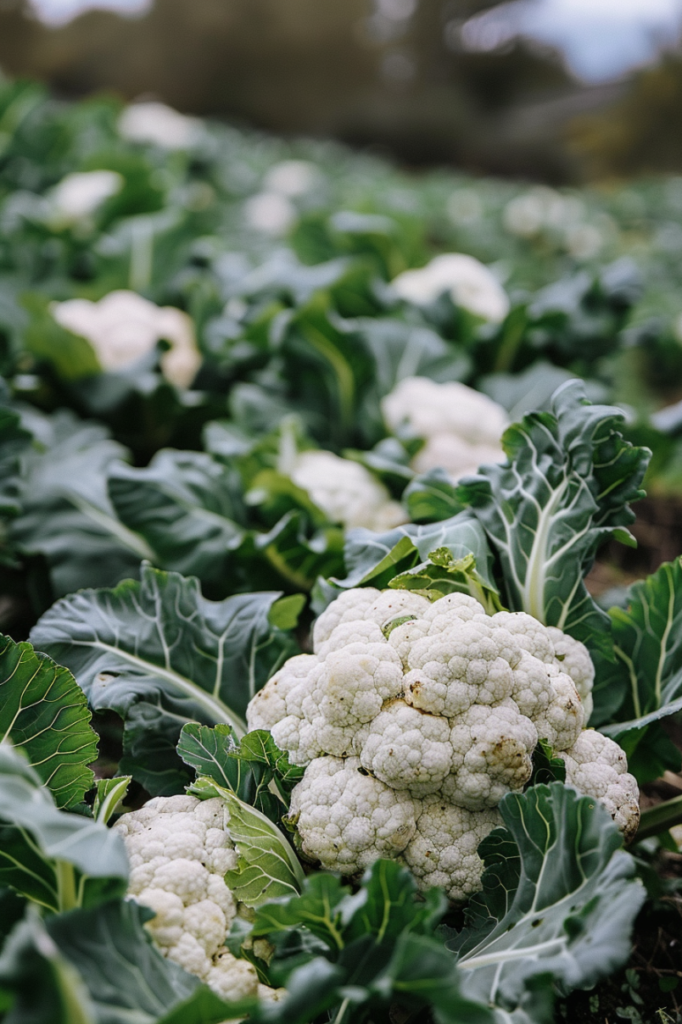
Conclusion
Crafting your DIY cauliflower row covers presents a practical and budget-friendly solution for safeguarding your crop against frost and excessive sunlight.
By adhering to these straightforward steps, you can fashion your own row covers and reap the benefits of a fruitful cauliflower harvest.


